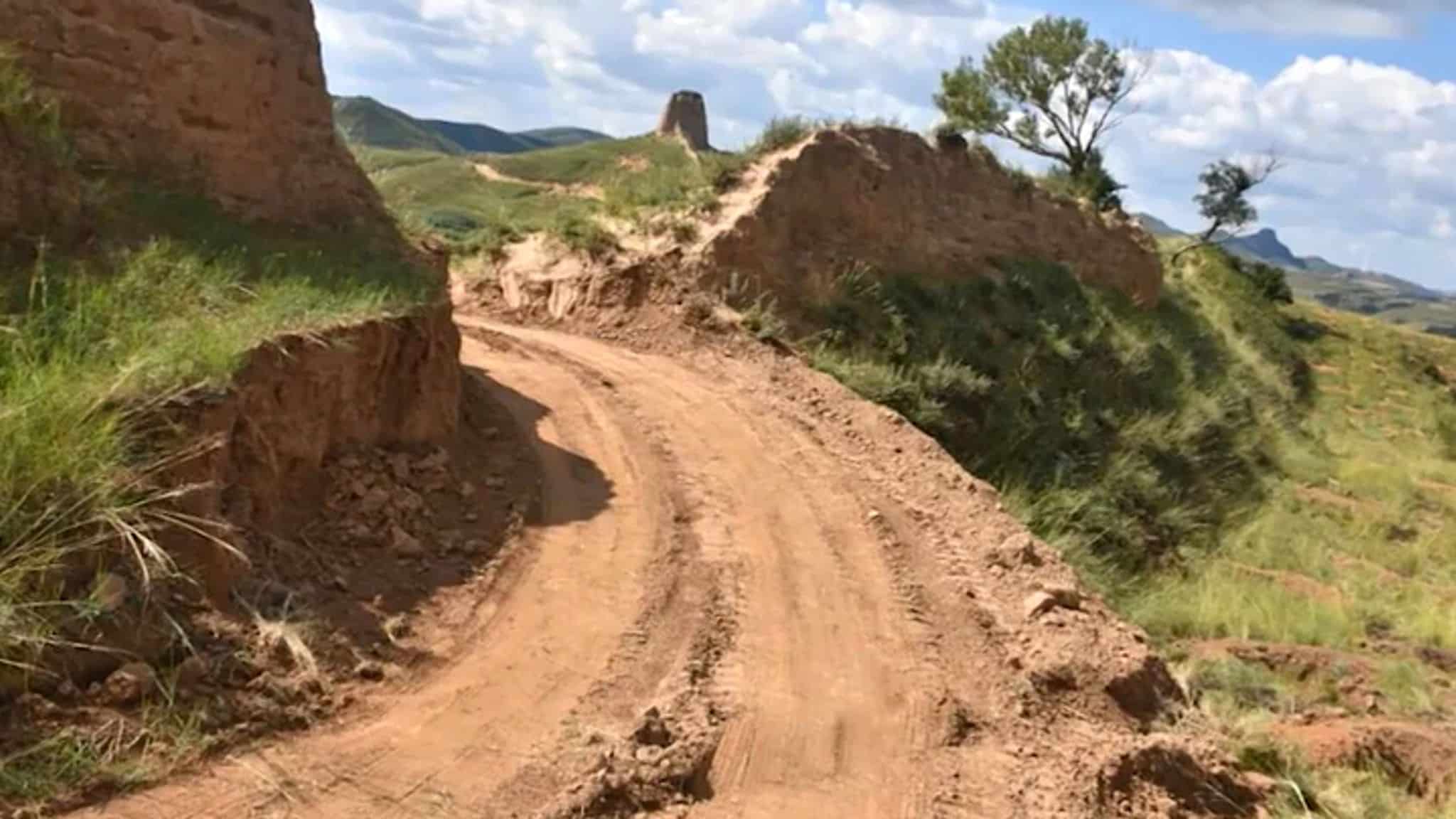News
China Authorities Arrest 2 For Smashing Shortcut Through Great Wall With Excavator

Genghis Khan, the Manchus have reportedly breached the Great Wall of China, and now a handful of construction workers named Zheng and Wang desired a shortcut.
Authorities in China arrested two people after they smashed a path through a piece of the ancient wall, a cultural symbol and UNESCO World Heritage Site.
The breach region was a decrepit section far from the renovated sections most Chinese and foreign tourists are familiar with.
A dirt track cut through a piece of the wall against a rural environment was shown by the authorities of Youyu County, hundreds of kilometers (miles) west of Beijing, along with the two suspects, identified as a 38-year-old male surnamed Zheng and a 55-year-old woman surnamed Wang.
According to the government assessment, the couple desired a shorter route for some construction work they were undertaking in adjacent cities.
The segment is located in Shanxi province, at the wall’s western end, parts of which were built 2,000 years ago. According to the local administration, it has “important preservation and research value” and is relatively well conserved.
China takes great pride in its network of towers and linking walls wide enough for carriages to travel through, which stretches roughly 8,850 kilometers (5,500 miles) and was erected primarily during the Ming dynasty, which lasted until 1644.
Genghis Khan, the Manchus have reportedly breached the Great Wall of China, and now a handful of construction workers named Zheng and Wang desired a shortcut.
That year, Manchu tribespeople from the north defeated China’s defenses and established the Qing dynasty.
The wall was later abandoned and robbed for bricks and stones by local villagers, only to be resurrected as a symbol of patriotism, mass mobilization, and defiance of outside pressure from the Communist government.
According to the Youyu County government, the arrests were made after a violation complaint was received on August 24. It stated that the two suspects were in jail and that more legal action was pending.
UNESCO described the Great Wall as showing the “collision and exchanges between agricultural civilizations and nomadic civilizations in ancient China.”
“It provides significant physical evidence of the far-sighted political strategic thinking and mighty military and national defence forces of central empires in ancient China, and is an outstanding example of the superb military architecture, technology, and art of ancient China,” according to the citation.
SOURCE – (AP)









































